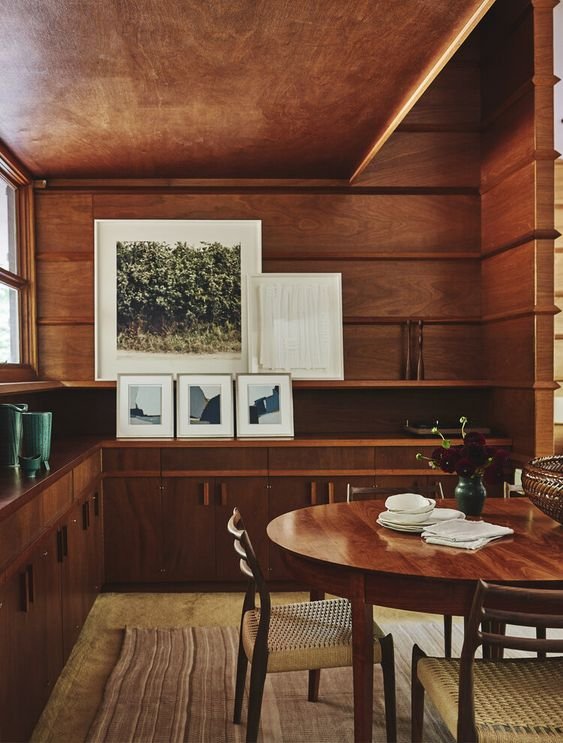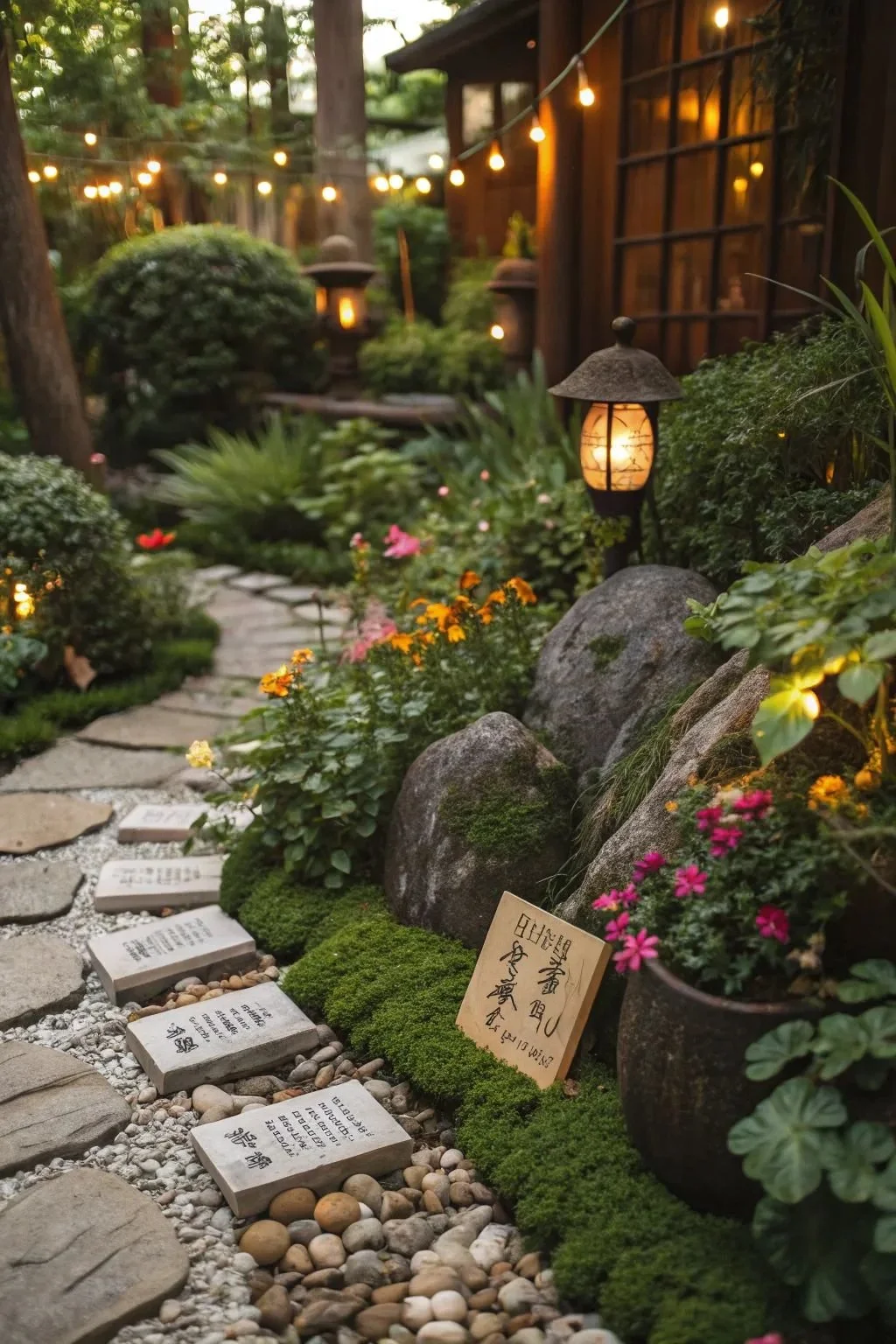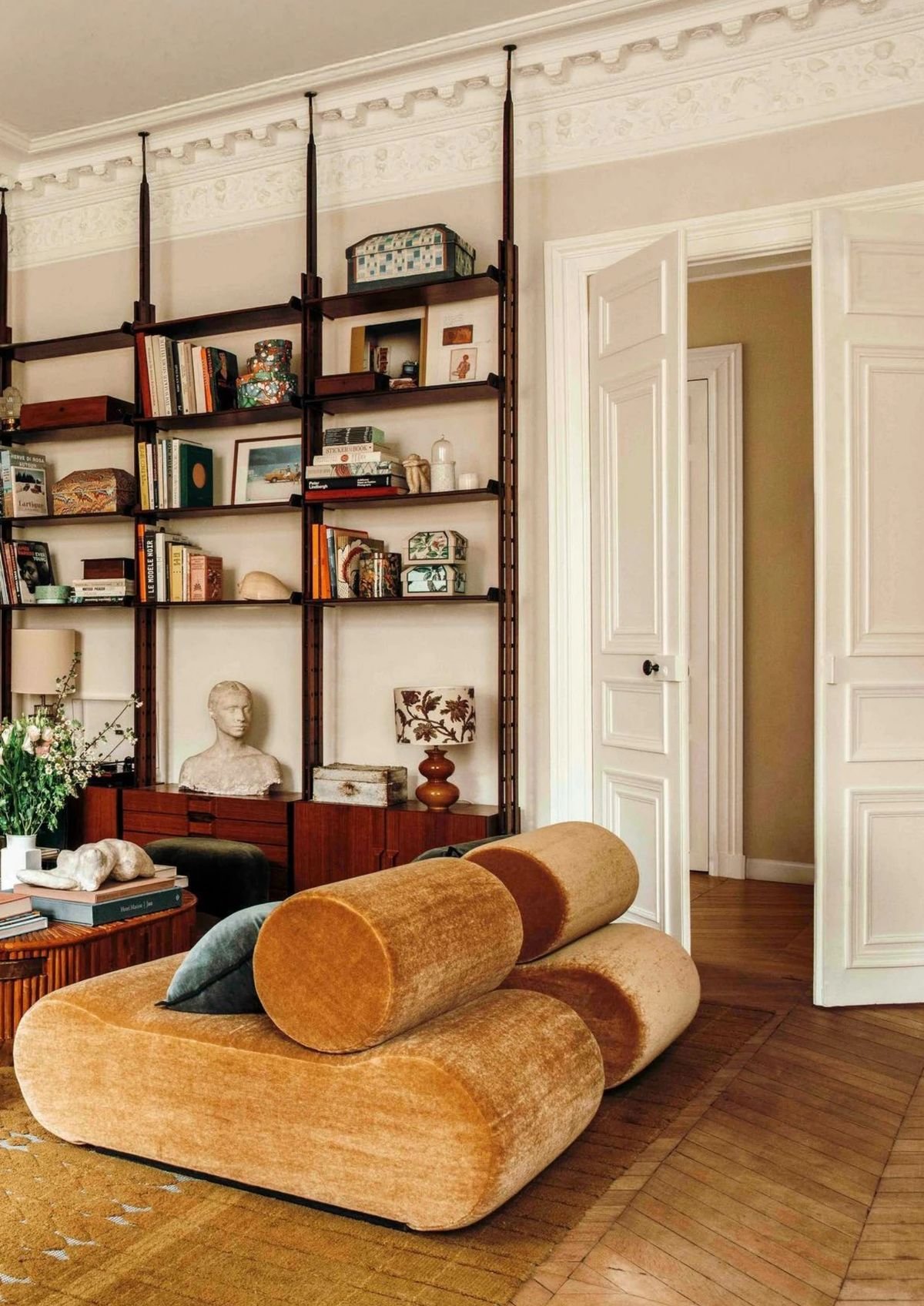Incorporating Wood Into Home Design
We’re huge fans of natural materials, with wood being at the top of our picks. While wood details have gone in and out of trends over the years, it has always remained a classic. It’s an adaptable material that works with every style of decor and unlike many other materials, only gets better looking over time. Not only that, but it’s also more easily repaired and restored to its former appearance if any damage happens. And that’s just the tip of the iceberg. Here’s 5 of our favorite advantages of incorporating wood into your interior design scheme:
It's More Affordable
It is undeniable that wood structures save time and labor costs compared to those made of brick, stone, or concrete. Furthermore, a wood building can proceed with building sans interruption even under extreme weather circumstances, such as severe rain and freezing temperatures, saving even more time and money.
Wood-framed decor is more popular and affordable because of their simplicity, adaptability, and affordability, all of which are made possible by the wood frames themselves. For instance, cost-construction alterations to insulated concrete form houses can be expensive, difficult, and time-consuming.
A Wellspring of Creative Energy
Wood as a raw material has so much potential. But when you add on the finishes, you get even more possibilities that fit literally any kind of style of design.
As it is, wood from rustic home decor may be carved into one-of-a-kind, stunning patterns and decor components that show off its distinct characteristics, textures, and grains. It may be used in various settings, from contemporary to traditional. Lacquered, it can almost take on the look of an entirely different material, going extremely modern. More on that below.
Adding White to it Creates an Ultra-Modern Aesthetic
Natural wood tones with white walls can help prevent a clinical impression and provide a feeling of nature into the home. Avoid using too many distinct types of wood in a design since it might be difficult for the eye to tell them apart.
Instead of using many finishes, textures, and colors, a single piece of wood may take center stage and create a more cohesive design.
Moldability and Strong Support Ability
While some materials are inflexible, wood is able to expand and contract, and even slightly bend or warp - which may sound like a bad thing, until you consider that this means your house may also be more flexible and therefore able to resist certain types of damages more - earthquakes, for instance. While this doesn’t mean your home is fool-proof from certain natural disasters in any kind of way, it does provide some advantages depending on your environment.
Sustainability
Wood is considerably more environmentally friendly than most other design components and materials. Compared to other energy sources, wood processing emits far fewer damaging carbon emissions to the atmosphere.
In addition, wood is an excellent insulator. As a result, using wood in your home's interior will allow it to be quickly cooled or heated. Moreover, it absorbs noise and carbon dioxide from the air, making your interiors a healthier place to be in.











